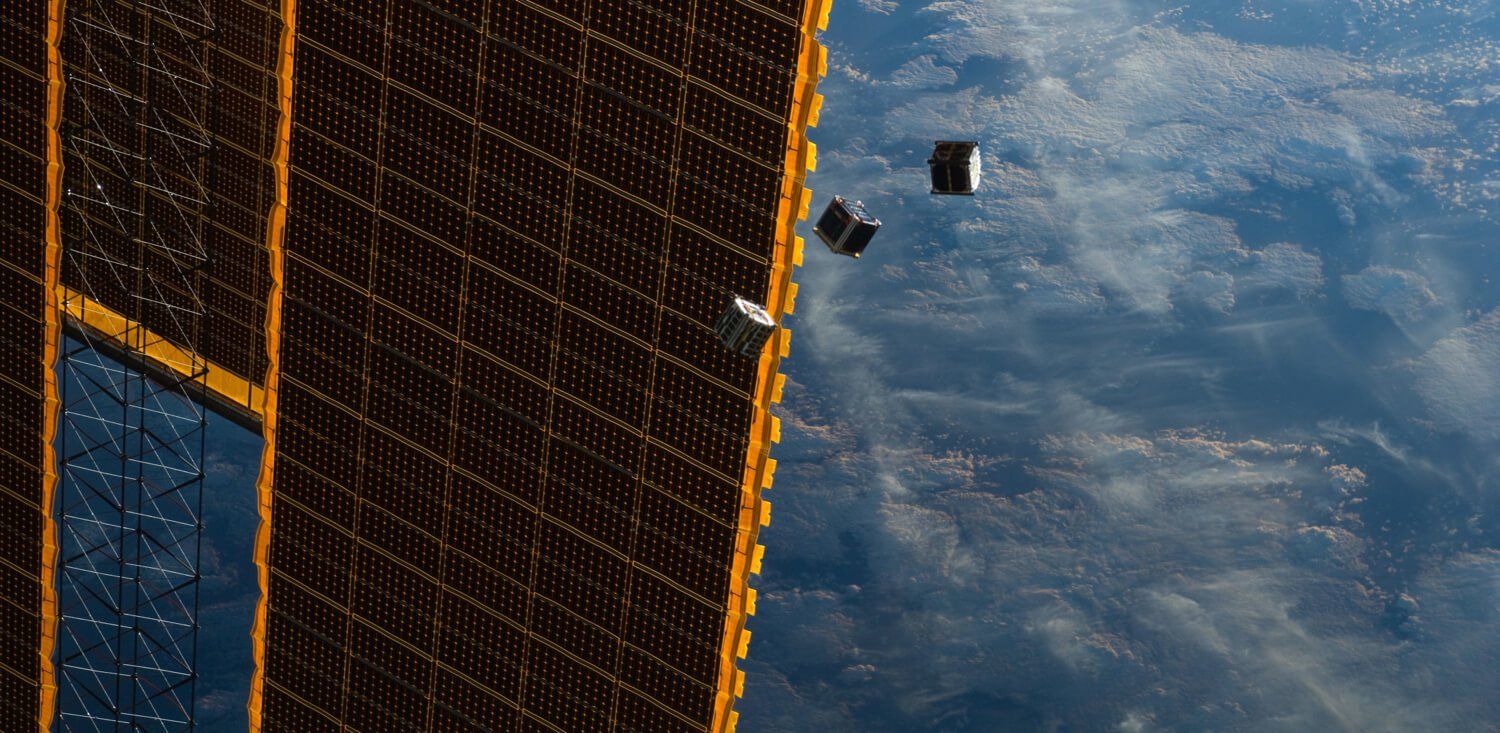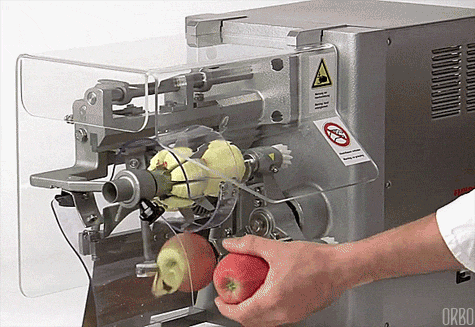Page 11892
Nov 7, 2015
Carbon-based paper folds itself up, walks away
Posted by Shailesh Prasad in category: robotics/AI
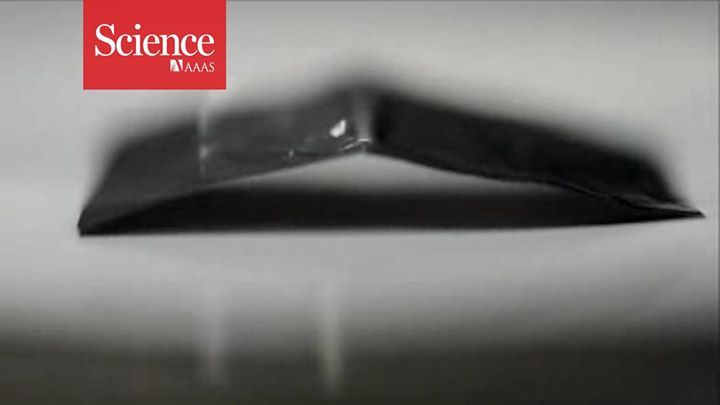
A carbon-based paper folds itself up and walks away — a feat that could potentially lead to artificial muscles for robots.
Nov 7, 2015
Want Your Own Personal Satellite? Reaching Space Is Becoming (Relatively) Cheap
Posted by Shailesh Prasad in category: space
Satellites are shrinking, and so is the cost to build them and shoot them up into orbit.
Cubesats, which weigh 1.33 kilograms or less, have become popular for researchers with grants and federal agencies like NASA. But their price, while lower than clunky old-school satellites, has remained out of reach for those who can’t pay a mortgage’s worth of money and don’t know how to hitch a ride on a rocket. Enter picosats and femtosats, Cubesats’s smaller, cheaper siblings—and the companies that will help you send them to space.
While Mars doesn’t have much in the way of Earth-like weather, it does evidently share one kind of weird meteorology: acid fog.
Nov 7, 2015
World’s Largest Fusion Reactor is About to Switch On
Posted by Sean Brazell in categories: nuclear energy, particle physics
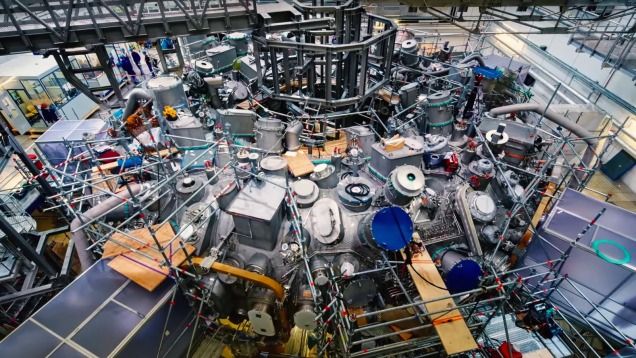
If “The Stellarator” sounds like an energy source of comic book legend to you, you’re not that far off. It’s the largest nuclear fusion reactor in the world, and it’s set to turn on later this month.
Housed at the Max Planck Institute in Germany, the Wendelstein 7-X (W7-X) stellarator looks more like a psychotic giant’s art project than the future of energy. Especially when you compare it with the reactor’s symmetrical, donut-shaped cousin, the tokamak. But stellarators and tokamaks work according to similar principles: In both cases, coiled superconductors are used to create a powerful magnetic cage, which serves to contain a gas as it’s heated to the ungodly temperatures needed for hydrogen atoms to fuse.
Continue reading “World’s Largest Fusion Reactor is About to Switch On” »
Nov 7, 2015
Bitdrones: Interactive quadcopters allow for ‘programmable matter’ explorations
Posted by Andreas Matt in categories: biotech/medical, materials, robotics/AI
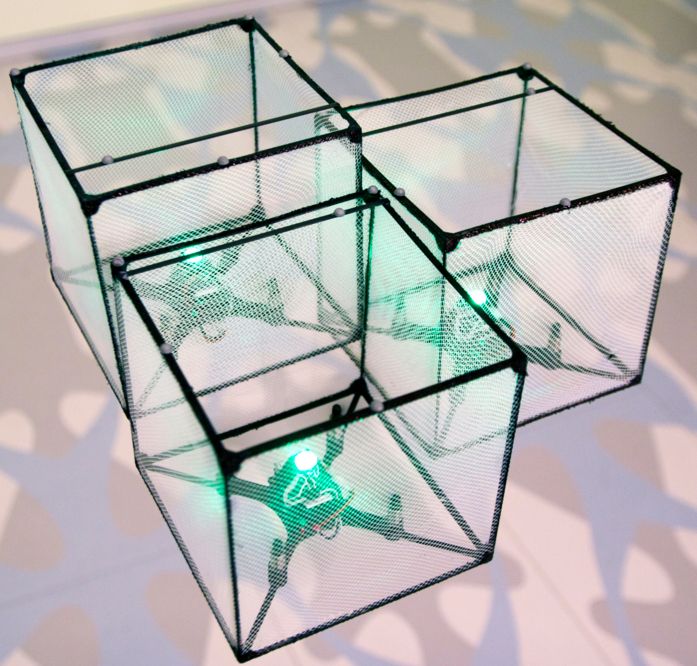
Could an interactive swarm of flying “3D pixels” (voxels) allow users to explore virtual 3D information by interacting with physical self-levitating building blocks? (credit: Roel Vertegaal)
We’ll find out Monday, Nov. 9, when Canadian Queen’s University’s Human Media Lab professor Roel Vertegaal and his students will unleash their “BitDrones” at the ACM Symposium on User Interface Software and Technology in Charlotte, North Carolina.
Continue reading “Bitdrones: Interactive quadcopters allow for ‘programmable matter’ explorations” »
New technology and new thinking are pushing the dark matter hunt to lower and lower masses.
Nov 7, 2015
The White House has a plan in case a solar storm wipes out our technology
Posted by Matthew Holt in category: space
Apparently NASA state that there’s a 12% chance of the Earth being hit by an extreme solar storm within the next ten years.
VIDEO: The last major solar storm left the entire province of Quebec in a blackout.
Nov 6, 2015
New 3D Printing Method Produces Uniform Blocks of Embryonic Stem Cells
Posted by Shailesh Prasad in categories: 3D printing, biotech/medical
Researchers from Beijing and Philadelphia develop a method to 3D print embryonic stem cells in highly uniform blocks.
Researchers from Tsinghua University in Beijing, China and Drexel University in the US have developed an extrusion-based 3D printing method to produce highly uniform “blocks” of embryonic stem cells. These blocks are a grid-like 3D structure that was able to demonstrate cell viability and rapid self-renewal while maintaining high pluripotency. Lead author Wei Sun says, “It was really exciting to see that we could grow embryoid body in such a controlled manner. The grown embryoid body is uniform and homogenous, and serves as much better starting point for further tissue growth.”
Other common methods of printing stem cells are either done in 2D or with the “suspension” method, but these methods do not produce cells with the same cell uniformity and homogenous proliferation as that of the 3D method. This new method would enable researchers to perform experiments on tissue regeneration. Another author on the paper, Rui Yao, adds, “Our next step is to find out more about how we can vary the size of the embryoid body by changing the printing and structural parameters, and how the varying the embryoid body size leads to “manufacture” of different cell types.”

